1. Marital “Rape” Was Legal
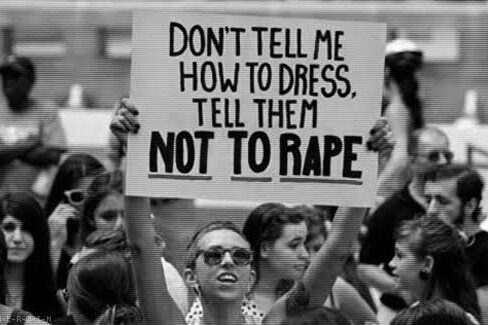
Marital rape, the act of a husband forcing sex on his wife was not considered a crime in the 1950s. Under the law, wives were viewed as property, and consent within marriage was assumed. Police viewed domestic and marital issues as private, and marriage contracts granted husbands legal control over sex. It wasn’t until the 1970s and 1980s that states began to recognize marital rape as a crime thanks to the feminist movement amplifying women’s rights, bodily autonomy, and the importance of meaningful consent. Today, all 50 states criminalize marital rape; it’s unthinkable that it was ever legal.
2. Forced Sterilization of Women
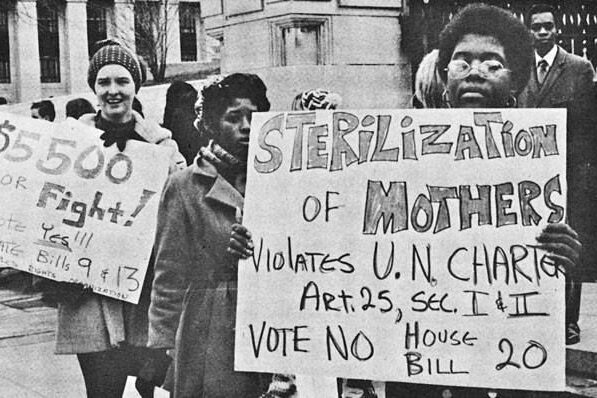
Back in the 1950s, many women, especially those who were poor, disabled, or women of color were sterilized without their full understanding or consent as part of eugenics programs aimed at “controlling reproduction.” In California alone, over 20,000 people were sterilized between 1909 and 1979, disproportionately affecting women of color. Puerto Rican women on the mainland and in Puerto Rico were routinely sterilized or used as test subjects for early birth control, often without informed consent.
These practices were upheld by laws like Buck v. Bell (1927), which legalized forced sterilization of “unfit” individuals then still being used mid‑century. It wasn’t until the 1970s that legal protections began in earnest: California now offers reparations for victims, Utah just recently acknowledged past abuses, and federal regulations were finally enacted to require informed consent.
3. Disabled Children Hidden Away

In the 1950s, it was common for children with disabilities to be placed in large, underfunded institutions and effectively erased from daily life. Places like Willowbrook State School became notorious: overcrowded, filthy, and rife with disease outbreaks essentially out of public view and out of mind. Many families felt shame or lacked support and hid their children away, reinforcing a culture that saw disability as something to be hidden.
Educators offered some special‑ed services, but most disabled children were excluded from regular schools altogether or warehoused in under-resourced institutions with little hope of advancement. It took decades of advocacy sparked in the early 1960s to shift into inclusive education and community-based support systems.
4. Legal Racial Segregation
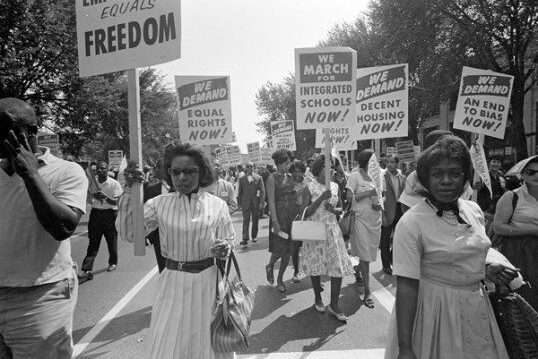
During the 1950s, racial segregation was everywhere from schools to hospitals to lunch counters backed by Jim Crow laws. Black and white people were forced to use separate facilities, and equal access was a myth. It wasn’t just social separation; it was a legal reality upheld by courts until Brown v. Board of Education in 1954 declared school segregation unconstitutional.
Even after Brown, enforcement was slow and resistance fierce. Hospitals, public transport, and even drinking fountains remained segregated in many states. The Civil Rights Movement fought long and hard to dismantle these laws and make the ideal of “separate but equal” a glaring injustice in modern eyes.
5. Physical Punishment in Schools
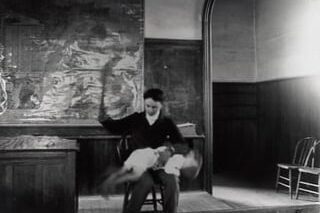
In the 1950s, corporal punishment in schools was not only allowed, it was standard. Teachers could paddle, belt, or strike students (even with parents’ permission), believing it built discipline. Many American kids left school with bruises and fear, yet adults thought such methods encouraged obedience.
Over time, research showed physical punishment damages children’s emotional well‑being and undermines their trust. Beginning in the 1960s, activism and study pushed for bans. Now, nearly two dozen states prohibit corporal punishment in public schools, with many others following suit reflecting a fundamental shift in how society values children’s safety and self‑esteem.
6. Raids on Gay Bars
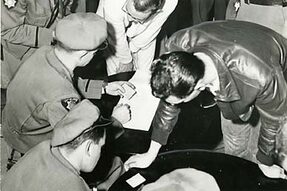
In the 1950s, police regularly raided gay bars, arresting patrons simply for being in a space that served or employed LGBTQ+ people. These raids weren’t isolated; places like Hazel’s Inn (Pacifica, CA) saw over 90 people arrested in 1956 for hosting a dance, sparking legal action by the ACLU and chilling effects on queer social life. Often, images and names were printed in local papers, leading to job loss, social ostracism, and personal trauma, reinforcing a taboo against gathering publicly for fear of exposure.
These frequent raids fueled early civil rights organizing. Groups like the Mattachine Society and Daughters of Bilitis formed partly in response to this harassment, pushing for legal protections, assembly rights, and ending music, dancing, or patronage bans in bars. In the modern LGBTQ+ movement, the Stonewall riots (originating from a raid in 1969) are often seen as pivotal. What seemed “normal” then would be clearly illegal today.
7. Pregnant Women Fired Automatically
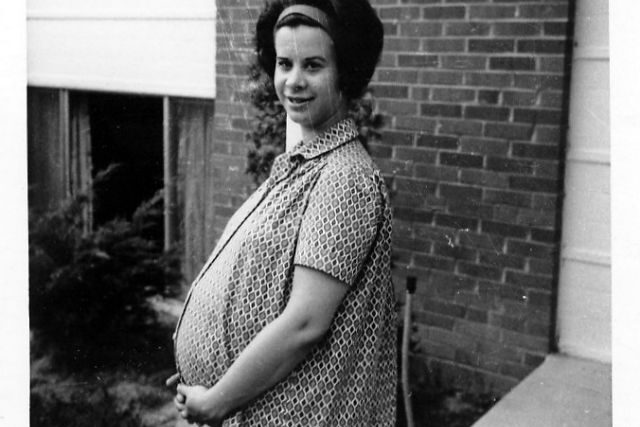
In the ’50s, expectant mothers were routinely forced out of their jobs or preemptively barred from roles for “becoming a liability, citing absenteeism, liability, or perceived “unsuitability.” One legal review notes that by the early 1950s, nearly all states allowed employers to openly fire pregnant women, a practice unthinkable today. Women often had to quit before their bump was noticeable, and many took unpaid leave or were dismissed without benefits or recourse.
This injustice persisted until the late 1970s, when campaigns around gender and pregnancy discrimination led to the Pregnancy Discrimination Act in 1978. That law finally made terminating or denying work to someone because they’re pregnant illegal under Title VII. Nowadays, pregnant workers are protected in most countries, highlighting how far workplace rights have evolved and how shocking those old practices now seem.
8. Job Ads Excluded Women and Minorities
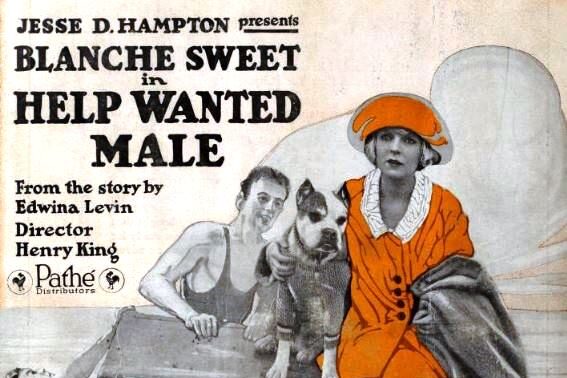
In mid‑century America, employment listings often read like: “Men Wanted” or “No Irish, No Blacks,” openly refusing certain genders or ethnicities. Advertisements would specify “male typist only” or “no Negroes” without fear of legal repercussions. Such blatant discrimination was commonplace and rarely met resistance.
That began to change in 1964 when the Civil Rights Act banned job discrimination based on race, gender, or national origin. Federal agencies and courts worked to dismantle these restrictions, paving the way for equal opportunity laws. Today, job ads excluding someone based on identity are not just unthinkable, they’re illegal and actionable under employment law.
9. Babies Given Booze to Sleep
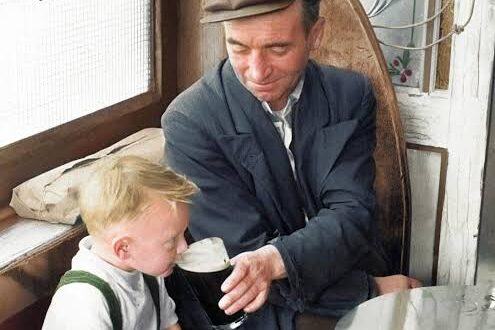
In the 1950s, parents and even doctors sometimes gave whiskey or brandy to infants to calm them or help them sleep during teething or colic. Medical journals of the era included small anecdotal recommendations that alcohol could “quiet” babies deeply concerning practice today.
With modern research showing lifelong impacts of early alcohol exposure, these methods would now be considered child neglect or abuse. Pediatricians strongly warn against alcohol for infants, emphasizing safe sleep practices, soothing techniques, and seeking medical advice instead. This shift reflects how much our understanding of infant development and child safety has improved.
10. Radioactive Toys for Kids
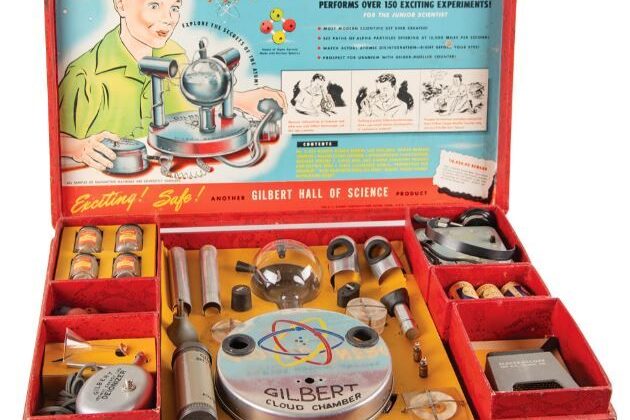
In the early 1950s, toys like the Gilbert U‑238 Atomic Energy Lab came with real uranium samples and a Geiger counter. Marketed as educational science kits, these “toys” let children perform nuclear experiments at home with the blessings of government agencies aiming to promote atomic knowledge. A review decades later even called it “one of the world’s most dangerous toys,” though some experts noted radiation exposureif containers stayed sealedwas roughly equivalent to a day in the sun.
Beyond that infamous kit, other chemistry sets contained uranium ore or mercury alongside instructions for probing “magic” reactions at home. Today, knowingly giving children radioactive or toxic materials would be seen as reckless endangerment. Modern safety standards, strict labeling laws, and robust consumer protections have firmly outlawed such irresponsible educational toys.
11. Doctors Promoting Cigarettes
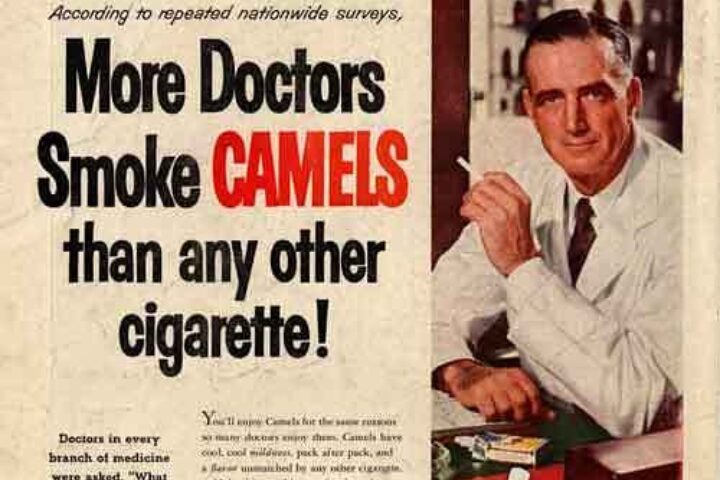
In the 1950s, cigarette makers ran ad campaigns featuring doctors and medical imagery to reassure consumers that smoking was harmless or even beneficial. Campaigns proclaimed only filtered brands were “physician approved,” and medical journals included cigarette ads claiming relief for throat irritation and stress. By mid‑century, medical opinion started turning. In 1954, the Journal of the American Medical Association banned cigarette ads, and the Surgeon General’s 1964 report firmly linked smoking to lung cancer. Today, any form of medical endorsement for tobacco would be deemed completely unethical and is legally prohibited in most countries.
12. Toys Promoting Nuclear War

“Duck and cover” drills, served up with comic‑style booklets and toy memorabilia, were common in schools as part of Cold War preparedness. Toy vendors even sold model bomb shelters, gas masks, and promotional items commemorating nuclear survival readiness blurring child’s play with serious geopolitical threats.
Over time, shocking revelations led to regulatory overhaul: the 1979 Belmont Report defined ethical principles for human research, federal laws enforced informed consent, and ethics boards became mandatory. Today, testing on vulnerable populations without oversight would lead to criminal charges and massive lawsuits.
13. Blacklists Ruined Careers
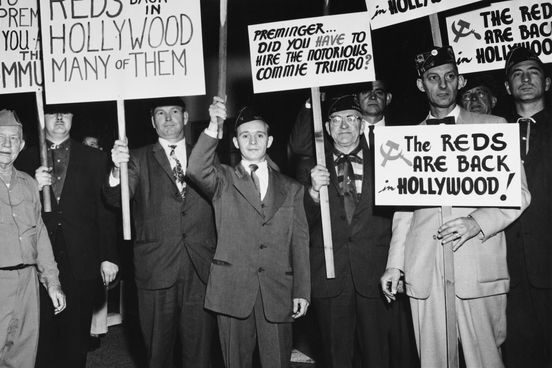
During the Red Scare of the late 1940s and 1950s, Hollywood and other industries circulated lists of suspected communists or sympathizers. Those named were fired, denied work, and stigmatized without evidence or trialjust suspicion was enough. Studios refused to hire them, networks dropped them, and many couldn’t find their way back professionally. Even after the blacklist began to fade around 1960, former creatives struggled with lost decades, delayed credit, and financial ruin.
This era forced artists to work under pseudonyms or leave the industry completely. The New York Historical Society recently exhibited “Blacklisted: An American Story,” highlighting lifelong consequences for people like Dalton Trumbo and Arthur Miller. Today, this kind of employment ban based on political beliefs or associations would violate free speech protections and labor laws, it’s impossible to imagine such blacklists being accepted now.
14. Unwed Mothers Forced into Secrecy
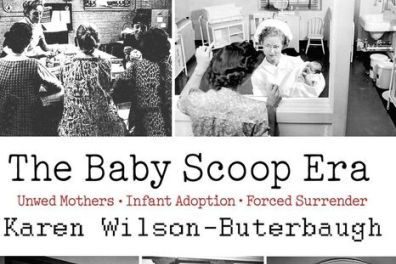
During the “Baby Scoop Era” (roughly 1945–1970), tens of thousands of unmarried pregnant women were sent away to maternity homes. There, they were often pressured through shame, isolation, or control to surrender their newborns for adoption. Many never saw their children again, as about 80% relinquished babies under coercive conditions.
These women were silenced, judged harshly, and given little choice. Now, with informed consent laws, open adoptions, and a greater understanding of emotional trauma, such secrecy and coercion are unacceptable. These stories serve as painful reminders of a past where societal stigma overrode compassion and personal choice.
This story 14 ’50s Norms That Would Be Shocking, or Illegal Today was first published on Daily FETCH


